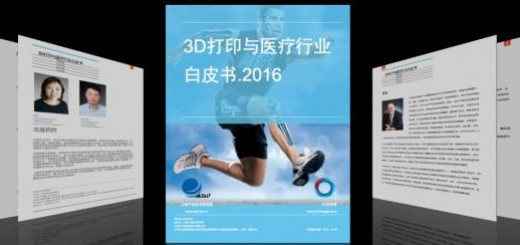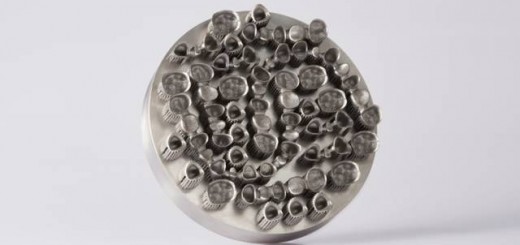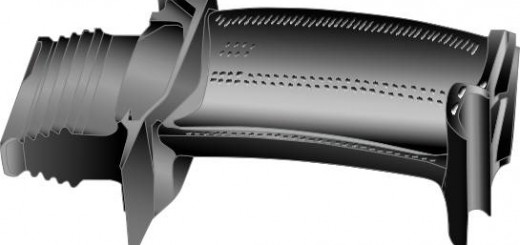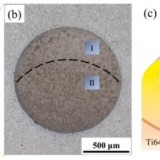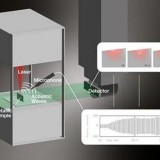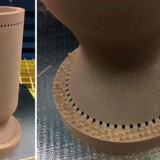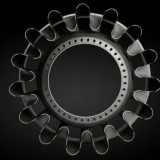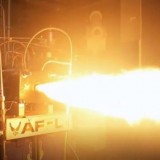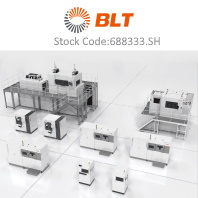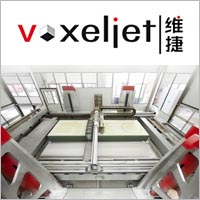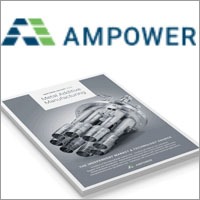Aerojet Rocketdyne增材制造项目总监Jay Littles宣布他们已经成功完成了一系列引擎点火测试,而引擎完全是由3D打印制造出来的。这个特殊的液氧/煤油发动机,有别于传统的发动机设计,传统的发动机引擎都是由许多的零件组成的,但是利用3D打印技术后,Aerojet Rocketdyne可以将整个引擎只打印成3个部分:整个喷射器和组装圆顶;燃料室;和喉道及喷嘴部分。Jay Littles说,“我们不是在用传统方法制造一个独立空间或者喷射器,我们是在结合增材制造技术来开发出一个经得起考验,可靠且负担得起的设计,以满足我们对无与伦比的质量和安全的要求。”
该项目小组也成功将总体的设计和制造时间从一年多减少到几个月,将引擎的成本减少了65%。这个引擎测试是Aerojet Rocketdyne多年的增材制造开发计划的一部分。早在2013年,NASA和Aerojet Rocketdyne就完成了由选择性激光熔化制造技术制成的火箭引擎喷射器的测试,他们采用的技术是高能激光束融化的方法设计制造了喷射器。
这种类型的喷射器用传统工艺制作的话需要超过一年的时间才能完成,但有了这些新的技术,它可以在不到四个月的时间内就能生产出来,降低了70%的成本。Aerojet Rocketdyne声称,该技术可能会带来火箭引擎能更高效地进行生产的新时代,并且节省时间和金钱。
(3D科学谷编译自3ders, 欢迎转载并链接至:www.51chape.com)
Aerojet Rocketdyne successfully tests engine, 3D printed in just three parts
“The demonstration of this engine, made completely with additive manufacturing, is another significant milestone in our path to changing propulsion affordability,” said Jay Littles, director of Advanced Launch Propulsion Programs at Aerojet Rocketdyne. “We are not just making a stand-alone chamber or injector derived from traditional design approaches. Rather, we are integrating the full capability of additive manufacturing processes to evolve a proven, reliable, affordable design. We are doing so with technical depth and rigor to meet our unparalleled quality and safety requirements.”
The team also was able to reduce total design and manufacturing time from more than a year to a couple of months, and reduce the cost of the engine by approximately 65 percent. This engine test was part of a multi-year Aerojet Rocketdyne additive manufacturing development effort. In 2013, NASA and Aerojet Rocketdyne finished testing a rocket engine injector made through selective laser melting manufacturing technology. Aerojet Rocketdyne designed and fabricated the injector by a method that employs high-powered laser beams to melt and fuse fine metallic powders into three dimensional structures.
This type of injector manufactured with traditional processes would take more than a year to make, but with these new processes it can be produced in less than four months, with a 70 percent reduction in cost.
It is claimed the technology may lead to more efficient manufacturing of rocket engines, saving American companies time and money.
(3D科学谷编译自3ders, 欢迎转载并链接至:www.51chape.com)


